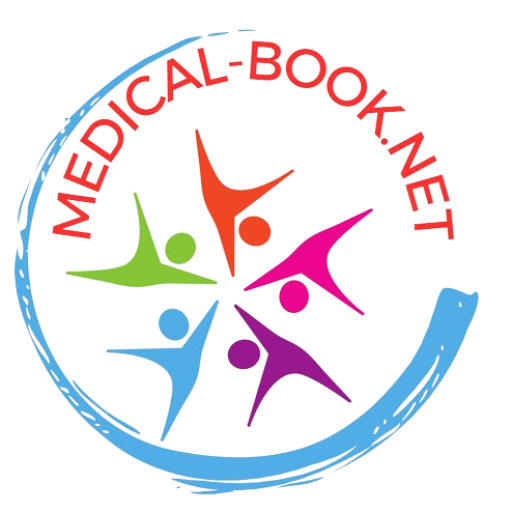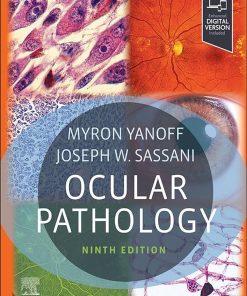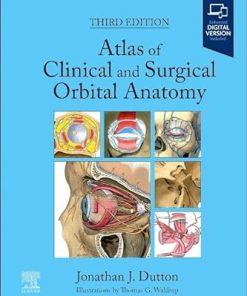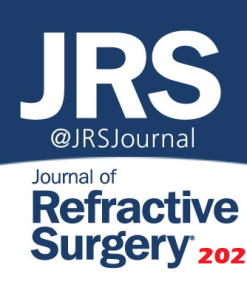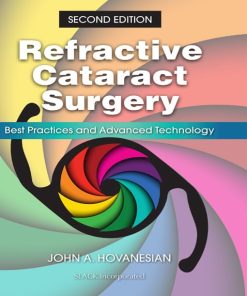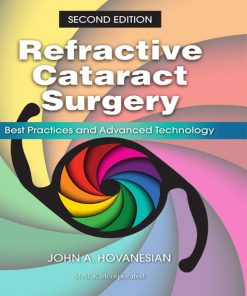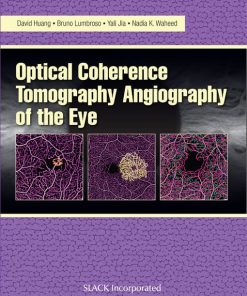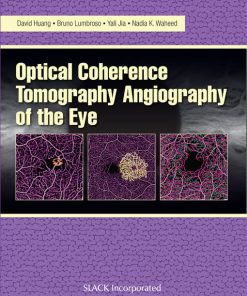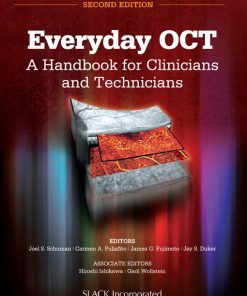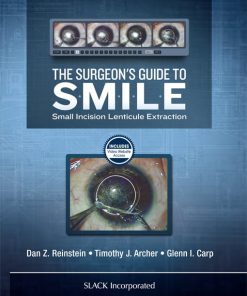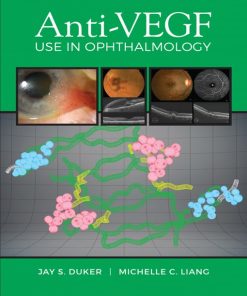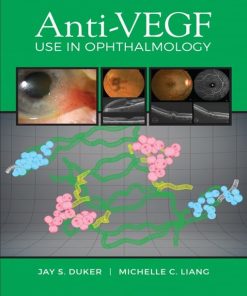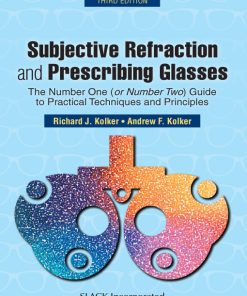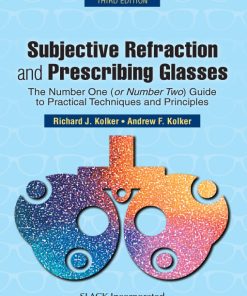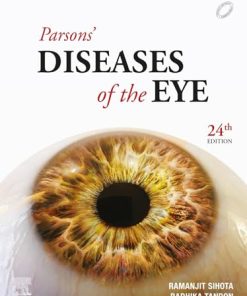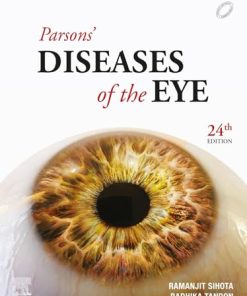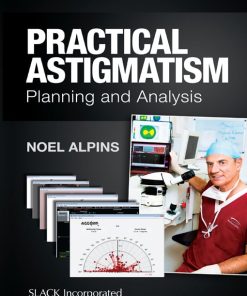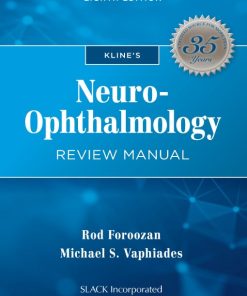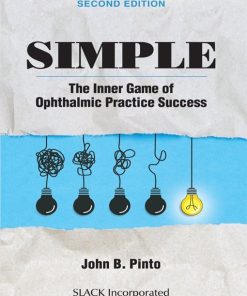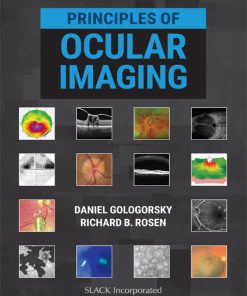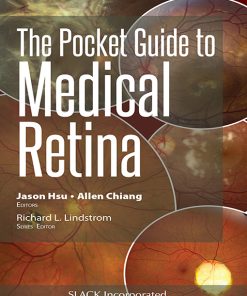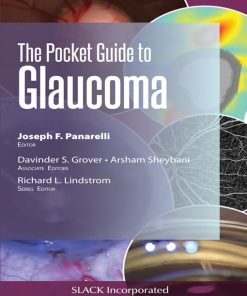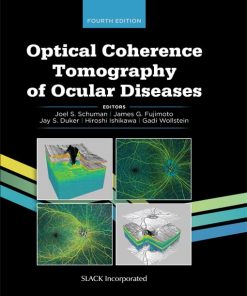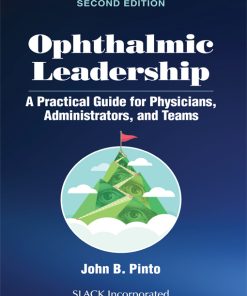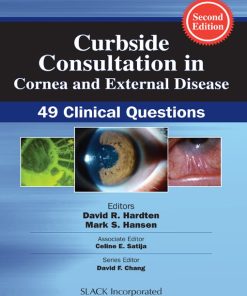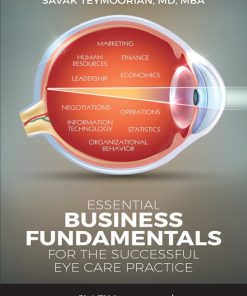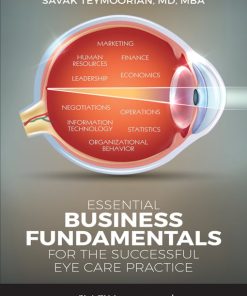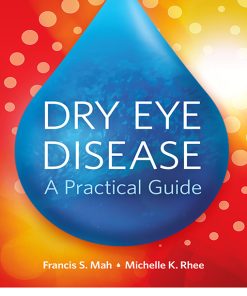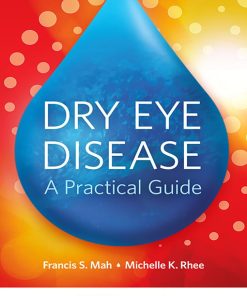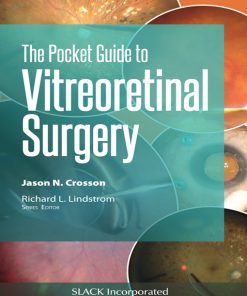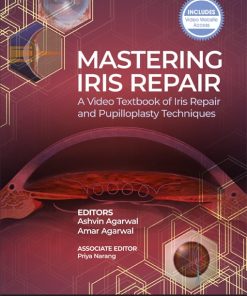What is Ophthalmology and Why It’s Important for Eye Health
Ophthalmology is a medical specialty that focuses on the diagnosis, treatment, and prevention of eye diseases and disorders. Ophthalmologists are highly trained physicians who specialize in the anatomy, physiology, and diseases of the eyes and visual system. In this article, we will explore the field of ophthalmology and its relevance for maintaining good eye health.
Ophthalmology & Optometry Books
Ophthalmology & Optometry Books
Atlas of Clinical and Surgical Orbital Anatomy, 3rd edition (ePub+Converted PDF)
Ophthalmology & Optometry Books
Ophthalmology & Optometry Books
Ophthalmology & Optometry Books
Refractive Cataract Surgery: Best Practices and Advanced Technology, 2nd Edition (EPUB)
Ophthalmology & Optometry Books
Optical Coherence Tomography Angiography of the Eye (Original PDF from Publisher)
Ophthalmology & Optometry Books
Ophthalmology & Optometry Books
Everyday OCT: A Handbook for Clinicians and Technicians, 2nd Edition (EPUB)
Ophthalmology & Optometry Books
Ophthalmology & Optometry Books
Ophthalmology & Optometry Books
Anti-VEGF Use in Ophthalmology (Original PDF from Publisher)
Ophthalmology & Optometry Books
Subjective Refraction and Prescribing Glasses, 3rd Edition (EPUB)
Ophthalmology & Optometry Books
Subjective Refraction and Prescribing Glasses, 3rd Edition (Original PDF from Publisher)
Ophthalmology & Optometry Books
Parsons’ Diseases of the Eye, 24th edition (Original PDF from Publisher)
Ophthalmology & Optometry Books
Parsons’ Diseases of the Eye, 24th edition (ePub+Converted PDF)
Ophthalmology & Optometry Books
Ophthalmology & Optometry Books
Kline’s Neuro-Ophthalmology Review Manual, 8th Edition (EPUB)
Ophthalmology & Optometry Books
Simple: The Inner Game of Ophthalmic Practice Success, 2nd Edition (Original PDF from Publisher)
Ophthalmology & Optometry Books
Ophthalmology & Optometry Books
Ophthalmology & Optometry Books
Ophthalmology & Optometry Books
Optical Coherence Tomography of Ocular Diseases, 4th Edition (EPUB)
Ophthalmology & Optometry Books
Ophthalmology & Optometry Books
Curbside Consultation in Cornea and External Disease: 49 Clinical Questions, 2nd Edition (EPUB)
Ophthalmology & Optometry Books
Essential Business Fundamentals for the Successful Eye Care Practice (EPUB)
Ophthalmology & Optometry Books
Essential Business Fundamentals for the Successful Eye Care Practice (Original PDF from Publisher)
Ophthalmology & Optometry Books
Ophthalmology & Optometry Books
Dry Eye Disease: A Practical Guide (Original PDF from Publisher)
Ophthalmology & Optometry Books
Ophthalmology & Optometry Books
Ophthalmology covers a wide range of eye-related conditions, including but not limited to:
- Refractive errors: such as myopia (nearsightedness), hyperopia (farsightedness), astigmatism (blurred vision), and presbyopia (age-related vision loss)
- Cataracts: a clouding of the natural lens of the eye that can lead to vision loss and blindness
- Glaucoma: a group of diseases that damage the optic nerve and cause gradual loss of peripheral vision
- Age-related macular degeneration (AMD): a progressive disease that affects the central vision and can lead to blindness
- Diabetic retinopathy: a complication of diabetes that damages the blood vessels in the retina and can cause blindness
Ophthalmologists use various tools and techniques to diagnose and treat eye conditions, such as:
- Visual acuity tests: to measure how well you can see letters or numbers from a distance
- Slit-lamp examination: to examine the structures of the eye under a high-intensity light and magnification
- Tonometry: to measure the pressure inside the eye, which can be a risk factor for glaucoma
- Ophthalmoscopy: to visualize the retina and optic nerve using a specialized light and lens
- Optical coherence tomography (OCT): to obtain high-resolution images of the layers of the retina and detect early signs of retinal disease
- Refractive surgery: to correct refractive errors by reshaping the cornea using LASIK, PRK, or other methods
- Cataract surgery: to remove the cloudy lens and replace it with an artificial lens
- Intravitreal injections: to deliver medications directly into the eye for treating retinal diseases
Preventive ophthalmology is also an important aspect of eye care, as many eye conditions can be avoided or delayed by following healthy habits and getting regular eye exams. Some tips for maintaining good eye health include:
- Eating a balanced diet rich in vitamins and minerals, especially those that are good for eye health, such as omega-3 fatty acids, lutein, zeaxanthin, and vitamins C and E
- Wearing protective eyewear when doing activities that could cause eye injury, such as sports, DIY projects, or yard work
- Taking breaks and practicing eye exercises when using digital devices for extended periods
- Avoiding smoking, as it can increase the risk of cataracts, AMD, and other eye conditions
- Getting routine eye exams from an ophthalmologist or optometrist, especially if you have a family history of eye disease, are over 40 years old, or have a chronic health condition such as diabetes or hypertension
In conclusion, ophthalmology is a vital field of medicine that plays a key role in preserving and improving eye health. By understanding the basics of ophthalmology and taking proactive steps to care for your eyes, you can help prevent or treat many eye conditions and enjoy clear vision throughout your life.
Ophthalmology and Optometry are two important branches of medicine that deal with the diagnosis, treatment, and prevention of eye and vision related disorders. There is a vast collection of books available on these topics, and it can be challenging to determine which ones are the best for professionals and students in the field. In this article, we will highlight the
top 10 best Ophthalmology and Optometry books that are essential for anyone looking to expand their knowledge and understanding of these fields.
- “The Massachusetts Eye and Ear Infirmary Review Manual for Ophthalmology” – This comprehensive manual provides a thorough review of the most important topics in Ophthalmology, including anatomy, physiology, pathology, and therapeutic approaches.
- “Adler's Physiology of the Eye” – This classic textbook covers the basic and clinical aspects of eye physiology, including the anatomy and function of the eye, the visual system, and the neurophysiology of vision.
- “Clinical Optics and Refraction: A Beginner's Manual” – This book provides a comprehensive overview of clinical optics and refraction, including basic concepts, practical procedures, and clinical applications.
- “Ocular Disease: Mechanisms and Management” – This book provides a comprehensive overview of ocular diseases, including the latest research, diagnostic techniques, and treatment options.
- “Kanski's Clinical Ophthalmology: A Systematic Approach” – This book provides a systematic approach to the diagnosis and management of ocular disorders, including detailed illustrations and case studies.
- “Cornea and External Disease: A Color Atlas and Synopsis of Clinical Ophthalmology” – This color atlas provides a comprehensive overview of corneal and external disease, including diagnosis and treatment options.
- “Pediatric Ophthalmology and Strabismus” – This comprehensive textbook covers the diagnosis and treatment of pediatric ocular conditions, including amblyopia, strabismus, and retinal disease.
- “Optics, Retinoscopy, and Refractometry” – This book provides a comprehensive overview of the principles and techniques of optics, retinoscopy, and refractometry, including practical procedures and clinical applications.
- “Primary Care of the Posterior Segment” – This book provides a comprehensive overview of the diagnosis and management of posterior segment disorders, including retinal and choroidal disease, glaucoma, and age-related macular degeneration.
- “Systemic Diseases and the Eye” – This comprehensive textbook covers the relationship between systemic diseases and the eye, including the latest research, diagnostic techniques, and treatment options.
In conclusion, these top 10 Ophthalmology and Optometry books provide essential knowledge and information for professionals and students in the field. Whether you are a beginner or an experienced practitioner, these books will help you stay up-to-date with the latest advancements and techniques in the field.
See all Ophthalmology Books at https://www.medical-book.net/ophthalmology-optometry-books
